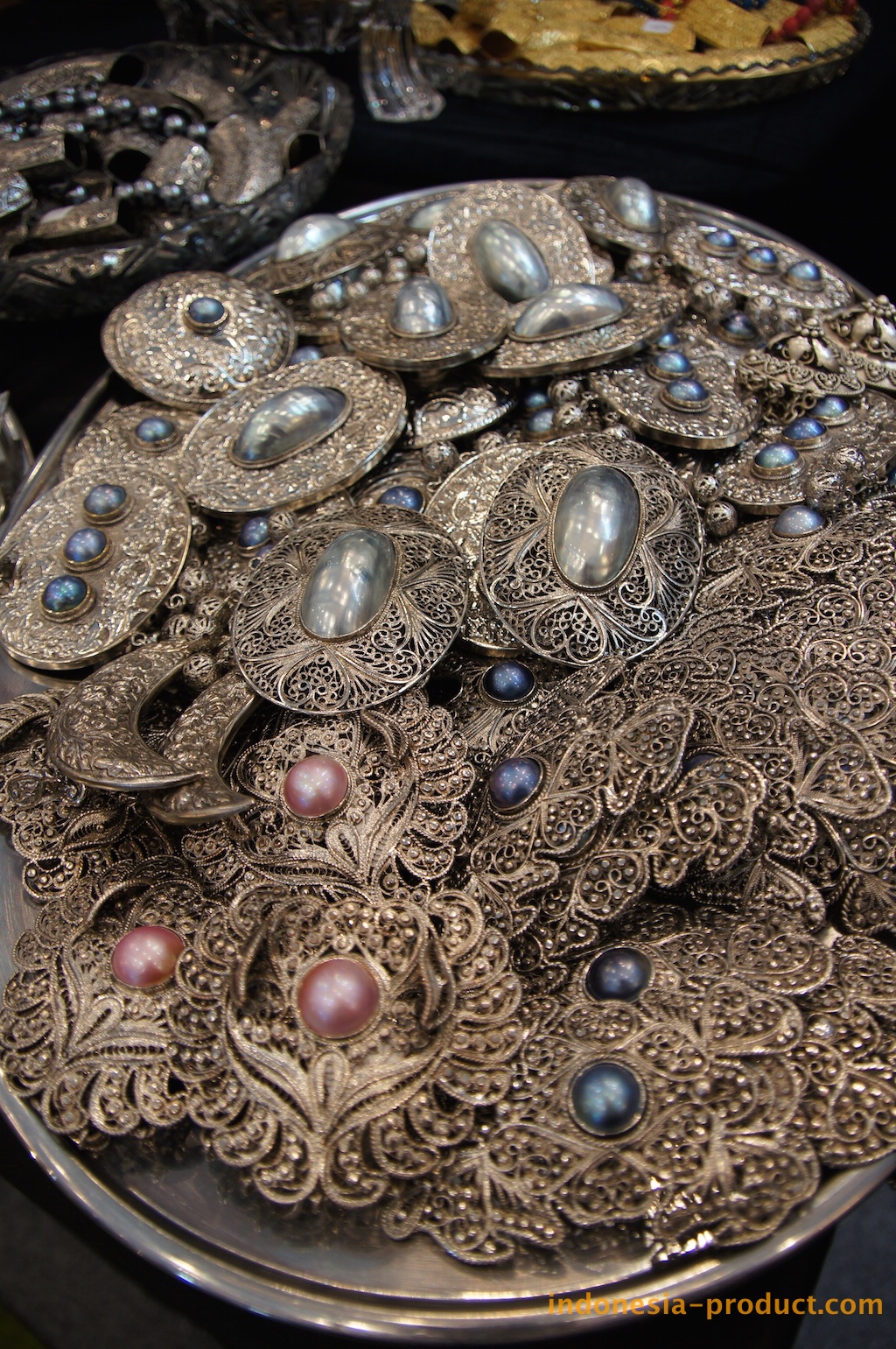By Frank Tang
NEW YORK (Reuters) – Global demand for gold dropped 19 percent year-on-year to 735.6 tonnes in the second quarter of 2008 as sharply higher prices and increased volatility weakened jewelry buying, the World Gold Council said on Wednesday.
“That combination of near record-high prices and exceptionally high volatility always seem to hurt jewelry demand,” George Milling-Stanley, WGC’s manager of investment and market intelligence, told Reuters in an interview before the release of its Gold Demand Trends report.
Total jewelry consumption in the second quarter tumbled 24 percent to 504 tonnes year-on-year, largely dragged down by a sharp consumption drop for top bullion buyer India, WGC said.
However, second-quarter jewelry demand in value terms still rose by 2 percent to a record $14.5 billion because of a rally in the average gold price to $896.29 an ounce for the quarter, representing an increase of 34 percent year-on-year.
Similarly, total demand for gold in value terms also rose by 9 percent to an all-time high of $21.2 billion, WGC said.
“When the price is stable, it doesn’t matter at what price level … we still see decent jewelry buying,” Milling-Stanley said.
“I am continually astonished of the way that the consumers seem to adapt to higher prices once they stabilize,” he said.
The report, whose data was compiled independently by research firm GFMS Ltd for the WGC, showed that industrial demand fell 5 percent to 111.8 tonnes on gradual declining demand for gold in dentistry.
Total investment demand fell 4 percent to 119.8 tonnes for the quarter due to slower buying of medals and imitation coins, which was partly offset by a net inflow of 4 tonnes into gold exchange-traded funds and similar products, WGC said.
INDIA CONSUMPTION TANKS
Gold consumption by India, which represents a quarter of the world’s demand, sank 45 percent to 161.4 tonnes for the quarter.
“India is one of the markets that is more sensitive to the absolute price level and price volatility,” Milling-Stanley said.
The second quarter was typically the weakest time of the year for jewelry business, Milling-Stanley said. He expected India’s jewelry demand to pick up again in September and October as jewelers buy in preparation of the country’s wedding season.
Bullion consumption in other regions also weakened for the second quarter, led by a 12 percent decrease in the Middle East region and a 9 percent fall in the United States.
However, demand in the Greater China area, the second-largest gold consumer, rose 7 percent to 87.5 tonnes.
For the third quarter, Milling-Stanley said, jewelry demand would likely stay subdued in most places, and it would depend on the interaction of price and volatility levels.
In terms of the price outlook for gold, Milling-Stanley said that bullion should be trading much higher due to a combination of positive factors.
Bullion traded at $817 an ounce on Tuesday. It was sharply below its record high of $1,030.80 set on March 17.
“In any bull market, you get pullbacks … without necessarily undermining the strength of the bull market itself. And we are still within the premise of a bull market here,” he said.
Source: http://africa.reuters.com/





